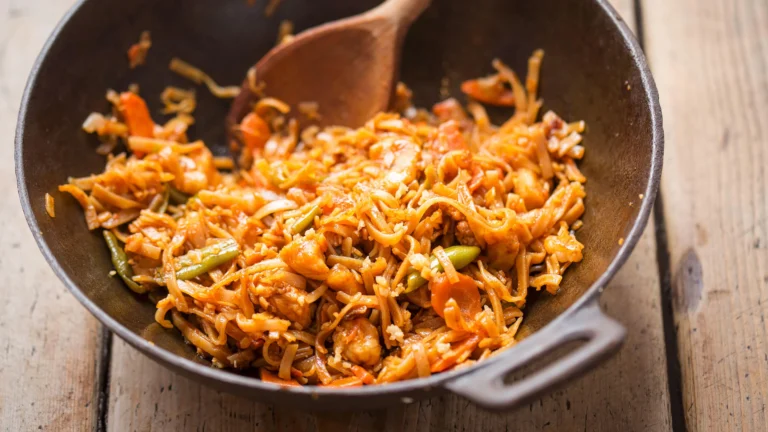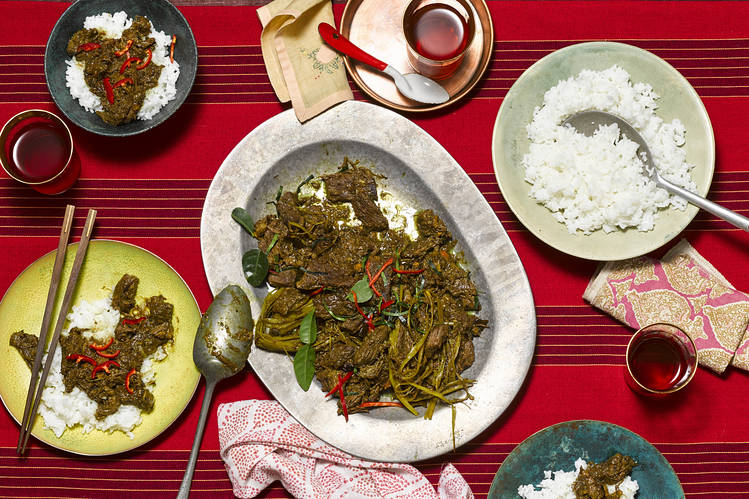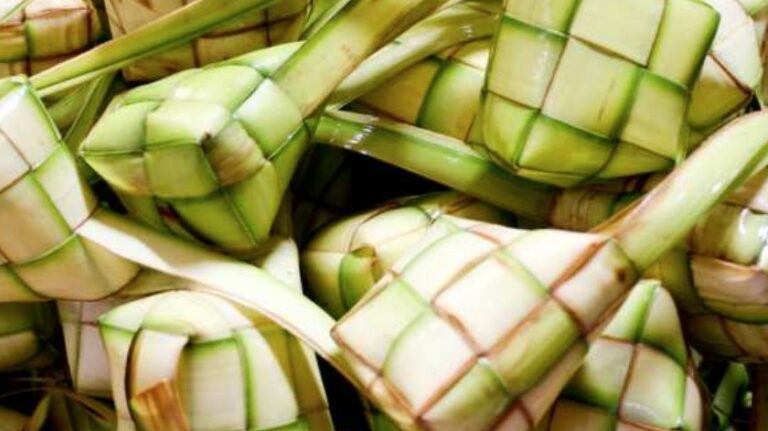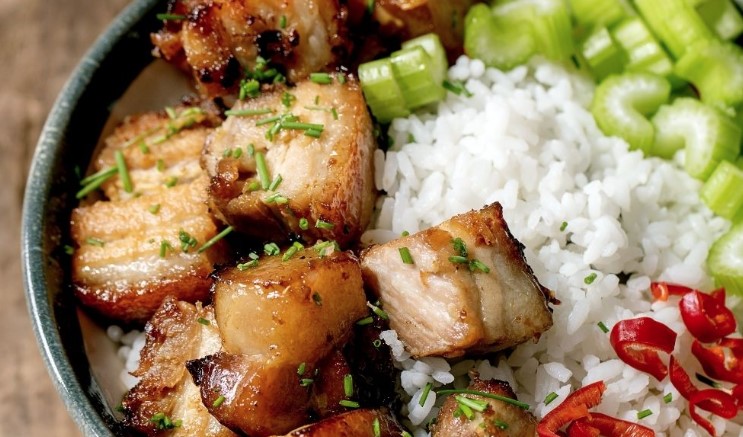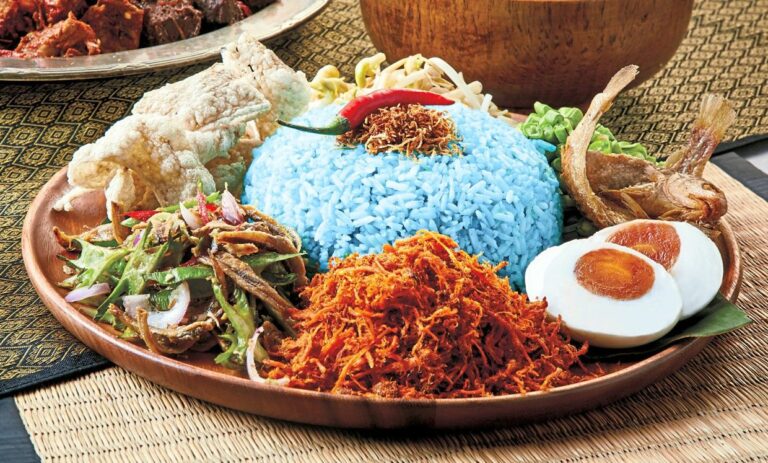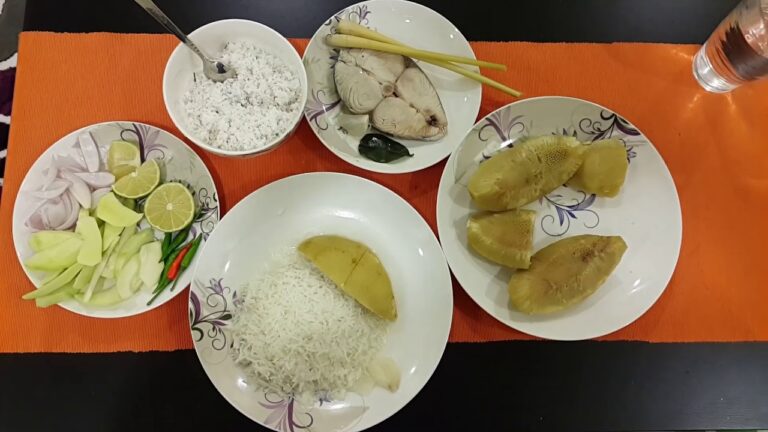Introduction
Thai cuisine is famous worldwide for its unique and vibrant flavors, fresh ingredients, and delicately balanced spices. It is one of the most popular cuisines in Southeast Asia, with distinct characteristics that set it apart from other regional cuisines. Thai cuisine has borrowed from neighboring countries, but ultimately it has developed its own identity through the combination of techniques, ingredients, and flavors.
Ingredients and Flavors
Thai cuisine is known for its spicy, sweet, sour, and savory flavors. Thai food heavily relies on fresh herbs, such as lemongrass, galangal, and kaffir lime leaves, which are used to add aromatic flavors to dishes. The extensive use of spices like chili, garlic, and ginger is another distinguishing feature of Thai cuisine. Fish sauce, palm sugar, and tamarind are some of the key ingredients that add depth and complexity to Thai dishes. The use of coconut milk in curries is also a hallmark of Thai cuisine.
Influences and History
Thai cuisine is influenced by neighboring countries such as China, India, and Malaysia. The Thai Royal Court was an important influence on the development of Thai cuisine, and introduced many dishes that are still popular today. The trade routes between India and Southeast Asia also played a significant role in shaping Thai cuisine. The influence of Buddhism in Thai culture has led to a strong vegetarian tradition in Thai cuisine, with many dishes featuring tofu and vegetables.
Cooking Techniques and Methods
Thai cuisine relies on a range of cooking techniques, including grilling, stir-frying, and simmering. Many Thai dishes are cooked very quickly at high temperatures to preserve the freshness of the ingredients. The use of a mortar and pestle is also a key technique in Thai cuisine for crushing spices and herbs to bring out their flavors. Thai chefs often use a combination of sweet, sour, salty, and spicy flavors to create a harmonious balance in their dishes.
Popular Dishes and Specialties
Some of the most popular Thai dishes include Pad Thai, Tom Yum Soup, Green Curry, Massaman Curry, and Papaya Salad. Thai cuisine is also known for its street food culture, with dishes like Som Tam (spicy papaya salad) and Moo Ping (grilled pork skewers) being popular street food items. Thai desserts such as Mango Sticky Rice and Coconut Ice Cream are also famous worldwide for their unique taste.
Conclusion: Thai Cuisine’s Unique Characteristics
Thai cuisine is known for its bold flavors, fresh ingredients, and unique cooking techniques. Thai dishes often combine sweet, sour, salty, and spicy flavors to create a perfect balance. The use of fresh herbs, spices, and ingredients like coconut milk and fish sauce give Thai cuisine its distinct taste. While Thai cuisine is influenced by neighboring countries, it has developed its own identity over the years, making it one of the most popular cuisines in the world.

